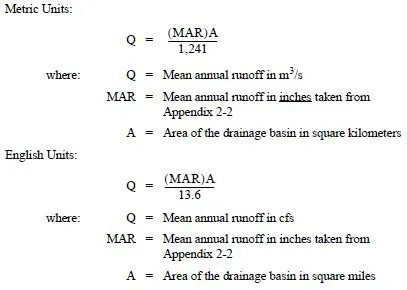WSDOT uses several types of pipe for highway construction activities. To simplify contract plan and specification preparation, pipes have been grouped into five primary categories:
•Drain pipe
•Underdrain pipe
•Culvert pipe
•Storm sewer pipe
•Sanitary sewer pipe
Each category is intended to serve specific purposes and is described further in Section8-2.
Within each pipe classification there are several types of pipe materials, each with unique characteristics used in different conditions. Pipe material selection includes hydraulic characteristics, site conditions, geologic conditions, corrosion resistance, safety considerations, and cost. Section 8-3 provides a detailed discussion of the different pipe materials that are generally used in WSDOT design.
The type of material that is appropriate for a project is dependent on several factors including pipe strength and corrosion and abrasion potential (Sections 8-4, 8-5, and 8-6); fill height (Section 8-12); the required pipe size, debris passage, and necessary end treatments (Chapter 3); and ease of fish passage (Chapter 7). Except for sizing the pipe, end treatments, and fish passage, each of these issues is further discussed in this chapter along with guidelines to assist the PEO in selecting the appropriate pipe material for a project site and application (Section 8-4).
This chapter also provides additional information about joining pipe materials (Section 8-7), use of pipe anchors (Section 8-8), acceptable forms of pipe rehabilitation (Section 8-9), design and installation techniques for pipe (Section 8-10), and abandoned pipe guidelines (Section 8-11).
Pipe producers follow specifications (ASTM, AASHTO, American Water Works Association [AWWA]) covering the manufacture of pipes and parameters such as cell class, material strength, internal diameter, loadings, and wall thickness. When these standards are referenced, the current-year standards shall apply.
Pipe materials and installation methods shall conform with WSDOT’s Standard Specifications and Standard Plans whenever possible. Other specifications may be used when the Standard Specifications and Standard Plans are not applicable.
